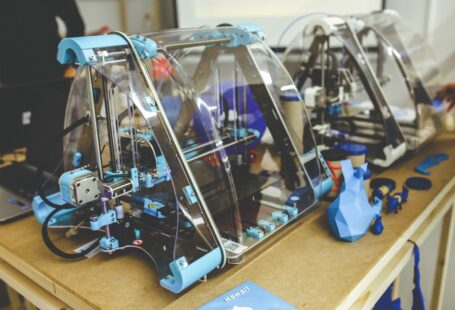3D printing has come a long way in recent years, offering new solutions for many manufacturing problems. But with all the new possibilities, comes the need to be selective about the materials used for 3D printing projects. With so many different materials and processes out there, it can be difficult to know which material is best suited for a project. To make an informed decision, one should consider several criteria and weigh the advantages and disadvantages of each material.
Material Properties
The most important factor to consider when selecting a 3D printing material is its physical properties, such as strength, stiffness, thermal resistance, and chemical resistance. These properties should be evaluated in relation to the application in which the part will be used. For example, a part that will be exposed to extreme temperatures or chemical solvents should be printed with a material that is able to withstand these conditions.
Cost
Another important factor to consider when selecting a 3D printing material is the price. Different materials can have widely varying prices, and it is important to weigh the cost of the material against the performance of the part. If a part needs to be printed quickly and cost-effectively, a cheaper material might be the best option. On the other hand, if the part needs to be of a certain quality and durability, a more expensive material may be required.
Production Speed
The speed of production is another important factor to consider when selecting a 3D printing material. Different materials require different printing speeds, and the faster the printing speed, the faster the part can be produced. For projects that require a quick turnaround, selecting a material with a faster printing speed can be critical.
Environmental Impact
The environmental impact of the 3D printing process is another important factor to consider. Different materials can have varying environmental impacts, depending on the type of material used and the production process. If a project requires a material with a low environmental impact, it is important to research the materials used and the production processes involved in order to make the best choice.
Customization Options
The level of customization available is also an important factor to consider when selecting a 3D printing material. Different materials can offer varying levels of customization, allowing for more complex shapes and features to be printed. If a project requires a high level of customization, it is important to select a material that can accommodate it.
In conclusion, there are many criteria to consider when selecting a 3D printing material. By evaluating the physical properties, cost, production speed, environmental impact, and customization options of each material, one can make an informed decision and select the best material for the job.




